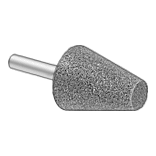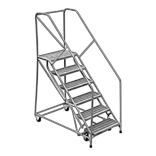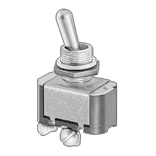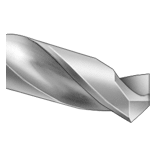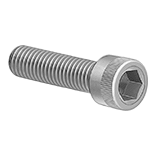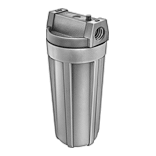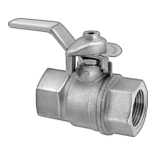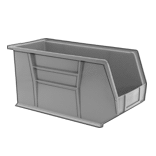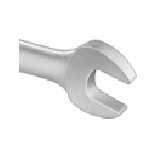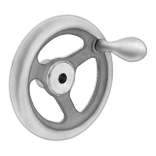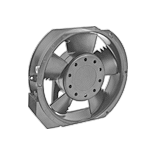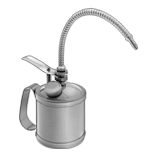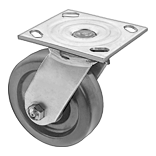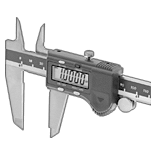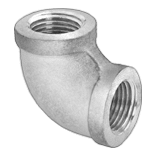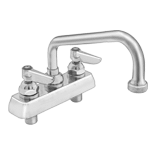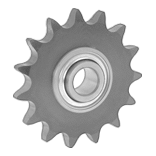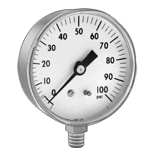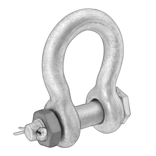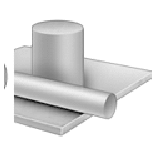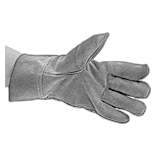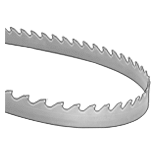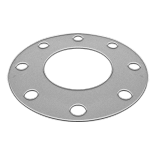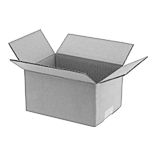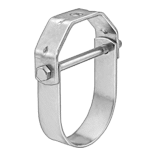Filter by
Particle Size
Thermal Conductivity @ Temperature
Performance
REACH
RoHS
Export Control Classification Number (ECCN)
DFARS Specialty Metals
About Composites
Compare our offering of composites to find the right material for you.
Nonporous Ceramic Alumina Powder
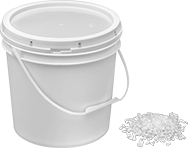 |
5 lb. Pail | 10 lb. Pail | 25 lb. Pail | |||||||||||||||||||||||||||||||||||||||||||||||||||||||||||||||||||||||||||||||||||||||||||||||||
|---|---|---|---|---|---|---|---|---|---|---|---|---|---|---|---|---|---|---|---|---|---|---|---|---|---|---|---|---|---|---|---|---|---|---|---|---|---|---|---|---|---|---|---|---|---|---|---|---|---|---|---|---|---|---|---|---|---|---|---|---|---|---|---|---|---|---|---|---|---|---|---|---|---|---|---|---|---|---|---|---|---|---|---|---|---|---|---|---|---|---|---|---|---|---|---|---|---|---|---|
Particle Size, μm | Particle Mesh Size | Fabrication | Color | Temp. Range, ° F | Each | Each | Each | ||||||||||||||||||||||||||||||||||||||||||||||||||||||||||||||||||||||||||||||||||||||||||||
99.3% Aluminum Oxide | |||||||||||||||||||||||||||||||||||||||||||||||||||||||||||||||||||||||||||||||||||||||||||||||||||
Fine Grit | |||||||||||||||||||||||||||||||||||||||||||||||||||||||||||||||||||||||||||||||||||||||||||||||||||
| 4 to 7 | — | Heat Treated | White | 0 to 3,630 | 00000000 | 000000 | 00000000 | 000000 | 00000000 | 000000 | |||||||||||||||||||||||||||||||||||||||||||||||||||||||||||||||||||||||||||||||||||||||||
| 70 | — | Heat Treated | White | 0 to 3,630 | 00000000 | 00000 | 00000000 | 00000 | 00000000 | 00000 | |||||||||||||||||||||||||||||||||||||||||||||||||||||||||||||||||||||||||||||||||||||||||
99.5% Aluminum Oxide | |||||||||||||||||||||||||||||||||||||||||||||||||||||||||||||||||||||||||||||||||||||||||||||||||||
Fine Grit | |||||||||||||||||||||||||||||||||||||||||||||||||||||||||||||||||||||||||||||||||||||||||||||||||||
| 45 | 325 | — | White | 0 to 3,630 | 00000000 | 00000 | 00000000 | 00000 | ——— | 0 | |||||||||||||||||||||||||||||||||||||||||||||||||||||||||||||||||||||||||||||||||||||||||
| 150 | 100 | — | White | 0 to 3,630 | 00000000 | 00000 | 00000000 | 00000 | ——— | 0 | |||||||||||||||||||||||||||||||||||||||||||||||||||||||||||||||||||||||||||||||||||||||||
Medium Grit | |||||||||||||||||||||||||||||||||||||||||||||||||||||||||||||||||||||||||||||||||||||||||||||||||||
| 300 | 48 | — | White | 0 to 3,630 | 00000000 | 00000 | 00000000 | 00000 | ——— | 0 | |||||||||||||||||||||||||||||||||||||||||||||||||||||||||||||||||||||||||||||||||||||||||
| 300 to 600 | 25-40 | — | White | 0 to 3,630 | 00000000 | 00000 | 00000000 | 00000 | ——— | 0 | |||||||||||||||||||||||||||||||||||||||||||||||||||||||||||||||||||||||||||||||||||||||||
Coarse Grit | |||||||||||||||||||||||||||||||||||||||||||||||||||||||||||||||||||||||||||||||||||||||||||||||||||
| 600 to 1,400 | 12-25 | — | White | 0 to 3,630 | 00000000 | 00000 | 00000000 | 00000 | ——— | 0 | |||||||||||||||||||||||||||||||||||||||||||||||||||||||||||||||||||||||||||||||||||||||||
Thermal-Shock-Resistant Mullite Ceramic Powder
Temp., ° F | 5 lb. Pail | 10 lb. Pail | 25 lb. Pail | ||||||||||||||||||||||||||||||||||||||||||||||||||||||||||||||||||||||||||||||||||||||||||||||||
|---|---|---|---|---|---|---|---|---|---|---|---|---|---|---|---|---|---|---|---|---|---|---|---|---|---|---|---|---|---|---|---|---|---|---|---|---|---|---|---|---|---|---|---|---|---|---|---|---|---|---|---|---|---|---|---|---|---|---|---|---|---|---|---|---|---|---|---|---|---|---|---|---|---|---|---|---|---|---|---|---|---|---|---|---|---|---|---|---|---|---|---|---|---|---|---|---|---|---|---|
Particle Size, μm | Particle Mesh Size | Color | Min. | Max. | Performance | Dielectric Strength | Porosity | Each | Each | Each | |||||||||||||||||||||||||||||||||||||||||||||||||||||||||||||||||||||||||||||||||||||||||
Fine Grit | |||||||||||||||||||||||||||||||||||||||||||||||||||||||||||||||||||||||||||||||||||||||||||||||||||
| 0 to 45 | 325 | White | 0 | 3,000 | Thermal Shock Resistant | Not Rated | 6% | 0000000 | 000000 | 0000000 | 000000 | 0000000 | 000000 | ||||||||||||||||||||||||||||||||||||||||||||||||||||||||||||||||||||||||||||||||||||||
Medium Grit | |||||||||||||||||||||||||||||||||||||||||||||||||||||||||||||||||||||||||||||||||||||||||||||||||||
| 0 to 425 | 40 | White | 0 | 3,000 | Thermal Shock Resistant | Not Rated | 6% | 0000000 | 00000 | ——— | 0 | ——— | 0 | ||||||||||||||||||||||||||||||||||||||||||||||||||||||||||||||||||||||||||||||||||||||
| 212 to 500 | 35-70 | White | 0 | 3,000 | Thermal Shock Resistant | Not Rated | 6% | 0000000 | 00000 | ——— | 0 | ——— | 0 | ||||||||||||||||||||||||||||||||||||||||||||||||||||||||||||||||||||||||||||||||||||||
Coarse Grit | |||||||||||||||||||||||||||||||||||||||||||||||||||||||||||||||||||||||||||||||||||||||||||||||||||
| 500 to 2,000 | 10-35 | White | 0 | 3,000 | Thermal Shock Resistant | Not Rated | 6% | 0000000 | 00000 | ——— | 0 | ——— | 0 | ||||||||||||||||||||||||||||||||||||||||||||||||||||||||||||||||||||||||||||||||||||||
| 2,000 to 2,360 | 8-10 | White | 0 | 3,000 | Thermal Shock Resistant | Not Rated | 6% | 0000000 | 00000 | ——— | 0 | ——— | 0 | ||||||||||||||||||||||||||||||||||||||||||||||||||||||||||||||||||||||||||||||||||||||
High-Purity Acid-Resistant Green Silicon Carbide Powder
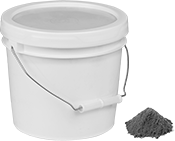 |
Temp., ° F | 4.4 lb. Pail | ||||||||||||||||||||||||||||||||||||||||||||||||||||||||||||||||||||||||||||||||||||||||||||||||||
|---|---|---|---|---|---|---|---|---|---|---|---|---|---|---|---|---|---|---|---|---|---|---|---|---|---|---|---|---|---|---|---|---|---|---|---|---|---|---|---|---|---|---|---|---|---|---|---|---|---|---|---|---|---|---|---|---|---|---|---|---|---|---|---|---|---|---|---|---|---|---|---|---|---|---|---|---|---|---|---|---|---|---|---|---|---|---|---|---|---|---|---|---|---|---|---|---|---|---|---|
Particle Size, μm | Color | Min. | Max. | Performance | Hardness | JIS Specification | Each | ||||||||||||||||||||||||||||||||||||||||||||||||||||||||||||||||||||||||||||||||||||||||||||
Fine Grit | |||||||||||||||||||||||||||||||||||||||||||||||||||||||||||||||||||||||||||||||||||||||||||||||||||
| 2 | Green | 0 | 3,600 | Abrasion Resistant, Acid Resistant, Chemical Resistant, Semi-Conductive | Mohs 9 | JIS R 6001 | 00000000 | 0000000 | |||||||||||||||||||||||||||||||||||||||||||||||||||||||||||||||||||||||||||||||||||||||||||
| 3 | Green | 0 | 3,600 | Abrasion Resistant, Acid Resistant, Chemical Resistant, Semi-Conductive | Mohs 9 | JIS R 6001 | 00000000 | 000000 | |||||||||||||||||||||||||||||||||||||||||||||||||||||||||||||||||||||||||||||||||||||||||||
| 4 | Green | 0 | 3,600 | Abrasion Resistant, Acid Resistant, Chemical Resistant, Semi-Conductive | Mohs 9 | JIS R 6001 | 00000000 | 00000 | |||||||||||||||||||||||||||||||||||||||||||||||||||||||||||||||||||||||||||||||||||||||||||
| 6.7 | Green | 0 | 3,600 | Abrasion Resistant, Acid Resistant, Chemical Resistant, Semi-Conductive | Mohs 9 | JIS R 6001 | 00000000 | 00000 | |||||||||||||||||||||||||||||||||||||||||||||||||||||||||||||||||||||||||||||||||||||||||||
| 9.5 | Green | 0 | 3,600 | Abrasion Resistant, Acid Resistant, Chemical Resistant, Semi-Conductive | Mohs 9 | JIS R 6001 | 00000000 | 00000 | |||||||||||||||||||||||||||||||||||||||||||||||||||||||||||||||||||||||||||||||||||||||||||
| 11.5 | Green | 0 | 3,600 | Abrasion Resistant, Acid Resistant, Chemical Resistant, Semi-Conductive | Mohs 9 | JIS R 6001 | 00000000 | 00000 | |||||||||||||||||||||||||||||||||||||||||||||||||||||||||||||||||||||||||||||||||||||||||||
| 14 | Green | 0 | 3,600 | Abrasion Resistant, Acid Resistant, Chemical Resistant, Semi-Conductive | Mohs 9 | JIS R 6001 | 00000000 | 00000 | |||||||||||||||||||||||||||||||||||||||||||||||||||||||||||||||||||||||||||||||||||||||||||
| 30 | Green | 0 | 3,600 | Abrasion Resistant, Acid Resistant, Chemical Resistant, Semi-Conductive | Mohs 9 | JIS R 6001 | 00000000 | 00000 | |||||||||||||||||||||||||||||||||||||||||||||||||||||||||||||||||||||||||||||||||||||||||||
